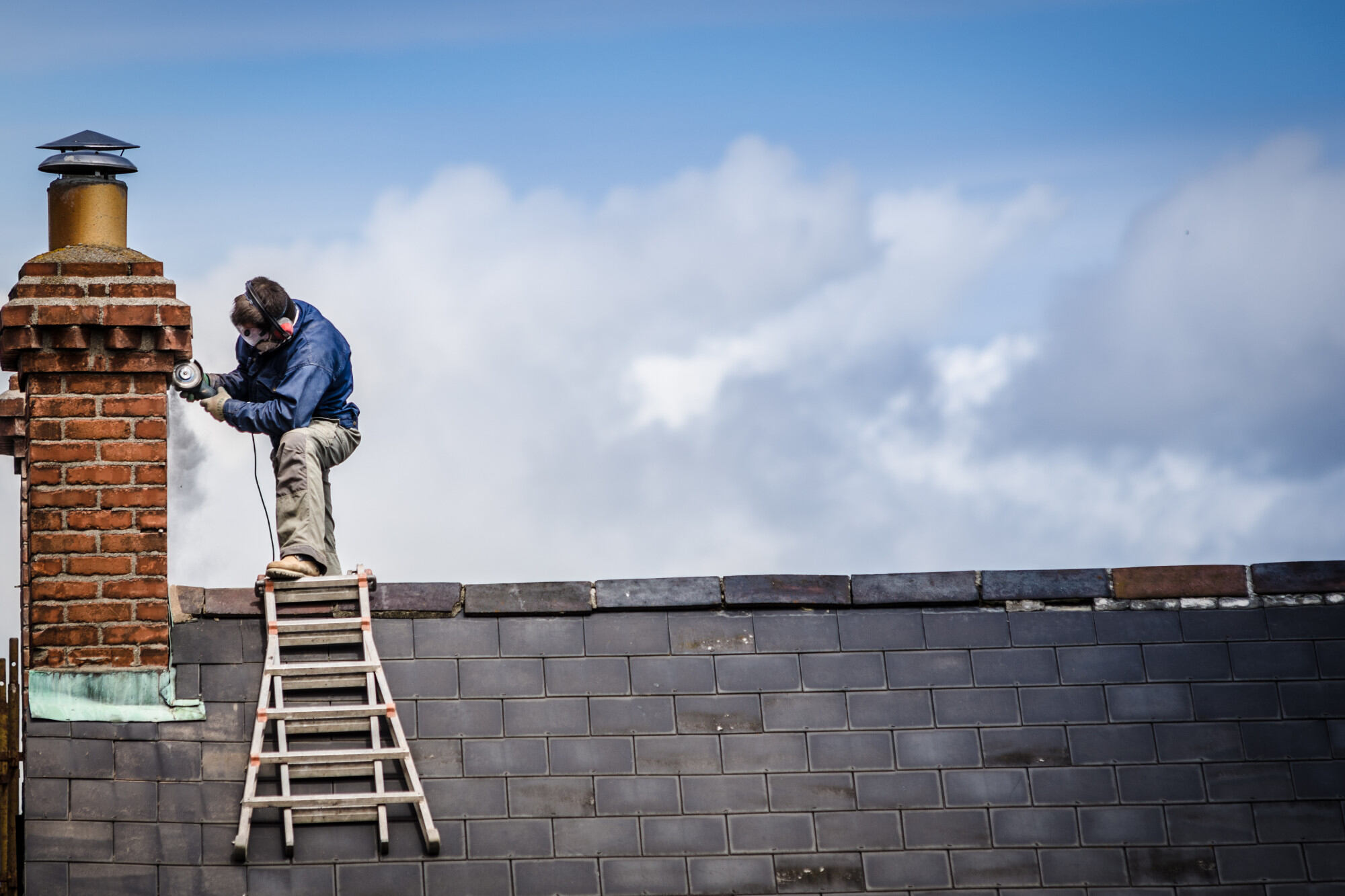

Articles
How Does Chimney Work
Modified: February 24, 2024
Discover how a chimney works and the importance of regular maintenance. Read our informative articles on chimney functioning and care.
(Many of the links in this article redirect to a specific reviewed product. Your purchase of these products through affiliate links helps to generate commission for Storables.com, at no extra cost. Learn more)
Introduction
A chimney is an essential component of many residential and commercial buildings. It serves a crucial role in venting out the byproducts of combustion, such as smoke, gases, and other airborne particles. Understanding how a chimney works is important for homeowners and property owners alike, as it enables them to ensure proper functioning, safety, and efficiency of their heating systems.
At its core, a chimney is designed to facilitate airflow, drawing in fresh air for combustion and expelling the resulting products of combustion safely out of the building. The fundamental principles behind the operation of a chimney revolve around temperature differences, draft, and the physics of upward air movement.
In this article, we will delve into the basic components of a chimney, explore the mechanics of airflow within it, discuss its role in ventilation, examine different types of chimney systems, and provide maintenance and safety tips to keep your chimney in optimal condition.
So, let’s dive in and uncover the mysteries behind the functioning of a chimney!
Key Takeaways:
- Understanding the mechanics of airflow, temperature differentials, and draft in a chimney is crucial for ensuring efficient combustion and safe ventilation, contributing to a healthy and comfortable living environment.
- Regular maintenance, including inspections, cleanings, and protection against creosote buildup and wildlife intrusion, is essential for maximizing the longevity and safety of a chimney system, ensuring reliable and efficient heating.
Read more: How Do Chimney Cleaning Logs Work
The Basic Components of a Chimney
A chimney consists of several key components that work together to facilitate the smooth flow of air and gases. Understanding these components is essential for comprehending how a chimney functions. Let’s take a closer look at each one:
The Chimney Stack
The chimney stack is the vertical structure that protrudes from the roofline of a building. It is typically constructed with materials such as bricks, blocks, or stone, and its main purpose is to provide a passage for the byproducts of combustion to exit the building. The height of the chimney stack is crucial for ensuring proper draft and preventing downdrafts caused by air pressure imbalances.
The Flue
The flue is the inner lining of the chimney stack, which serves as a conduit for the combustion gases and smoke to travel up and out of the building. It is usually made of heat-resistant materials like clay tiles, metal liners, or refractory concrete. The size and shape of the flue play a significant role in determining the efficiency of the chimney system, as they affect the flow dynamics and draft.
The Chimney Cap
The chimney cap is a protective covering installed on top of the chimney stack. It serves multiple purposes, including preventing rainwater, debris, and animals from entering the chimney. Additionally, the chimney cap acts as a spark arrestor, reducing the risk of embers escaping and causing a fire. Chimney caps come in various designs, such as mesh screens, solid hoods, and decorative options to suit different needs and aesthetic preferences.
These three components, the chimney stack, flue, and chimney cap, work together harmoniously to create a safe and efficient passage for the combustion byproducts. Understanding their roles and ensuring their proper maintenance is crucial for the overall functionality of the chimney system.
Read more: How Do Digital Calipers Work
How Does Airflow Work in a Chimney?
To understand how airflow works in a chimney, we need to delve into the principles of temperature, draft, and upward flow. These factors play a crucial role in creating the necessary air movement for efficient combustion and the expulsion of combustion byproducts. Let’s explore each of these aspects:
The Effect of Temperature
The temperature difference between the air inside the chimney and the outside air is a significant driving force behind the movement of air in a chimney. As warm air rises, it creates a pressure difference between the inside and outside of the chimney stack. This pressure difference, known as the stack effect, causes airflow to move upward, drawing in fresh air for combustion and expelling the smoke and gases out of the building.
The Role of Draft
Draft refers to the force that propels air through the chimney. It is influenced by various factors, including the temperature difference, the size and design of the flue, and the overall structure of the chimney system. A strong draft ensures proper airflow, while a weak or negative draft can lead to issues such as smoke backup, poor combustion, and reduced heating system efficiency. It is crucial to maintain a balanced and consistent draft for optimal chimney performance.
Understanding Upward Flow
Upward flow, also known as convection, is a natural phenomenon that occurs due to the differences in air density. Hot air is less dense than cold air, causing it to rise. As the warm combustion gases rise through the flue, they create a vacuum effect, pulling in fresh air from the surrounding environment. This continuous upward flow of air allows for efficient combustion and the removal of harmful byproducts, ensuring the safety and effectiveness of the heating system.
By comprehending the impact of temperature, understanding the role of draft, and recognizing the dynamics of upward flow, we can gain a deeper understanding of how airflow operates in a chimney. Ensuring proper temperature differentials, maintaining a strong draft, and facilitating upward flow are essential for a well-functioning chimney system.
Read more: How Hot Does A Chimney Get
The Chimney’s Role in Ventilation
A chimney plays a crucial role in the ventilation system of a building. It performs several key functions that contribute to the overall safety, efficiency, and comfort of the occupants. Let’s explore the various ways in which a chimney facilitates ventilation:
Removing Smoke and Fumes
One of the primary purposes of a chimney is to effectively remove smoke and harmful combustion byproducts from the building. As combustion occurs in a fireplace, stove, or heating appliance, smoke and fumes are produced. Without a properly functioning chimney, these pollutants would linger in the living space, posing health risks and causing indoor air pollution. The chimney provides a clear pathway for these substances to exit the building, ensuring clean and breathable air indoors.
Ensuring Proper Combustion
A well-designed chimney also contributes to the proper combustion of fuel in heating appliances. The flow of air through the chimney assists in supplying oxygen to the fire and maintaining the necessary temperature for efficient combustion. Adequate ventilation enables complete combustion, reducing the formation of harmful byproducts such as carbon monoxide (CO) and reducing the risk of soot accumulation, which can lead to chimney fires.
Preventing Carbon Monoxide Buildup
Carbon monoxide (CO) is a poisonous gas that is produced as a byproduct of incomplete combustion. It is odorless, colorless, and highly dangerous. A functioning chimney plays a critical role in preventing the buildup of carbon monoxide inside a building. By providing a clear pathway for the gases to escape outside, the chimney ensures the safe removal of this toxic gas, protecting the health and well-being of the occupants.
By effectively removing smoke and fumes, ensuring proper combustion, and preventing carbon monoxide buildup, the chimney acts as a vital component of the ventilation system. It creates a healthy and safe living environment by maintaining clean indoor air and reducing the risk of dangerous gas accumulation. Regular maintenance and inspections are essential to ensure the chimney’s continued effectiveness in ventilation.
Read more: How Does A Chimney Fire Start
Types of Chimney Systems
Chimney systems can vary in their design, construction, and materials. Understanding the different types of chimneys is crucial for homeowners and builders to select the most appropriate option for their specific needs and circumstances. Let’s explore three common types of chimney systems:
Masonry Chimneys
Masonry chimneys are traditional and widely used chimney systems. Constructed with bricks, blocks, or stones, they are known for their durability and classic aesthetics. Masonry chimneys are built on-site by skilled masons, who carefully lay each brick or block using mortar. These chimneys can withstand high temperatures and are suitable for a variety of heating systems, including wood-burning fireplaces and gas appliances. However, masonry chimneys can be costly and time-consuming to build, requiring skilled labor and regular maintenance to ensure their long-term functionality.
Prefabricated Chimneys
Prefabricated chimneys, also known as factory-built or modular chimneys, offer a cost-effective and convenient alternative to traditional masonry chimneys. These chimneys are manufactured off-site and then assembled on-site. They are typically constructed using metal, such as stainless steel or galvanized steel, and come in a range of sizes and designs to accommodate different heating systems. Prefabricated chimneys are lightweight, easy to install, and often have insulation built into their structure, boosting their efficiency and reducing heat loss. However, they may have a shorter lifespan compared to masonry chimneys and may require regular inspections to ensure they remain in good working condition.
Metal Chimneys
Metal chimneys, also known as chimney flue liners, are a versatile option that can be used in both masonry and prefabricated chimney systems. These liners are made of stainless steel or other metals and are inserted into the flue to improve its efficiency and safety. Metal chimneys are ideal for lining old or deteriorating chimneys, providing a smooth and insulated passage for the combustion byproducts. They are resistant to corrosion, heat, and moisture, making them a durable choice that can enhance the overall performance of a chimney system.
Each type of chimney system has its advantages and considerations. Whether you opt for a masonry chimney, a prefabricated chimney, or a metal chimney, ensuring proper installation and regular maintenance is essential to maximize its effectiveness and longevity.
Read more: How Tall Does Chimney Need To Be
Chimney Maintenance and Safety Tips
Maintaining and ensuring the safety of your chimney is vital to its proper functioning and the well-being of your home and occupants. By following these maintenance and safety tips, you can minimize the risks associated with chimney use and prolong the lifespan of your chimney system:
Regular Inspections and Cleanings
Schedule regular inspections and cleanings by a professional chimney sweep. Inspections help identify any potential issues, such as cracks, blockages, or damaged components, that may affect the performance and safety of your chimney. Cleanings remove soot, debris, and creosote buildup, which can lead to chimney fires and poor ventilation. Aim for an annual inspection and cleaning, or more frequently if you use your fireplace or heating appliance frequently.
Dealing with Creosote Buildup
Creosote is a sticky and highly flammable substance that accumulates inside the chimney flue during combustion. It is a byproduct of burning wood or fossil fuels and can pose a significant fire hazard if not addressed. Regular cleanings by a professional chimney sweep help remove creosote buildup and minimize the risk of chimney fires. Avoid burning wet or green wood, as it produces more creosote. Install a chimney cap to prevent debris and animals from entering, as they can contribute to creosote buildup as well.
Protecting Against Wildlife Intrusion
Chimneys can become attractive entry points for unwanted wildlife, such as birds, squirrels, or raccoons. These animals can cause blockages, damage, and unpleasant odors, compromising the safety and functionality of your chimney. Install a chimney cap or screen to keep animals out while allowing proper airflow. Regularly inspect your chimney for signs of animal activity, such as nesting materials or droppings, and address any intrusion promptly to avoid further issues.
Remember to exercise caution when using your fireplace or heating appliance. Use proper fuel and follow manufacturer’s guidelines for safe operation. Ensure that your chimney is equipped with a carbon monoxide detector and smoke alarms to provide an early warning in case of dangerous gas buildup or fire. Regularly check these devices and replace batteries as needed.
By implementing these chimney maintenance and safety tips, you can enjoy the warmth, comfort, and peace of mind that come with a properly maintained and functioning chimney system.
Read more: How Much Does It Cost To Tuckpoint A Chimney
Conclusion
A chimney is not just a decorative feature on top of a building; it plays a vital role in facilitating the safe and efficient operation of heating systems. Understanding how a chimney works and the various components involved is essential for homeowners and property owners.
Throughout this article, we have explored the basic components of a chimney, including the chimney stack, flue, and chimney cap. These components work together to ensure the smooth flow of air and the expulsion of combustion byproducts.
We’ve also learned about the mechanics of airflow in a chimney, which is influenced by temperature differences, the role of draft, and the phenomenon of upward flow. These factors are critical for achieving proper combustion and ventilation, as well as preventing the buildup of harmful gases like carbon monoxide.
There are different types of chimney systems, including masonry chimneys, prefabricated chimneys, and metal chimneys. Each type has its own advantages and considerations, and selecting the right one depends on individual needs and budget.
Maintaining a chimney is crucial for its longevity and safety. Regular inspections and cleanings help identify and address issues, while dealing with creosote buildup reduces the risk of chimney fires. Protecting against wildlife intrusion ensures unobstructed airflow and prevents damage to the chimney system.
In conclusion, a well-maintained and properly functioning chimney is essential for the comfort, safety, and efficiency of a home or building. By understanding how chimneys work and following proper maintenance practices, homeowners can enjoy the benefits of a reliable and safe heating system.
Remember to consult with a professional chimney sweep or a qualified technician for any specific concerns or issues related to your chimney. With proper care and attention, your chimney will provide years of reliable service and peace of mind.
Frequently Asked Questions about How Does Chimney Work
Was this page helpful?
At Storables.com, we guarantee accurate and reliable information. Our content, validated by Expert Board Contributors, is crafted following stringent Editorial Policies. We're committed to providing you with well-researched, expert-backed insights for all your informational needs.
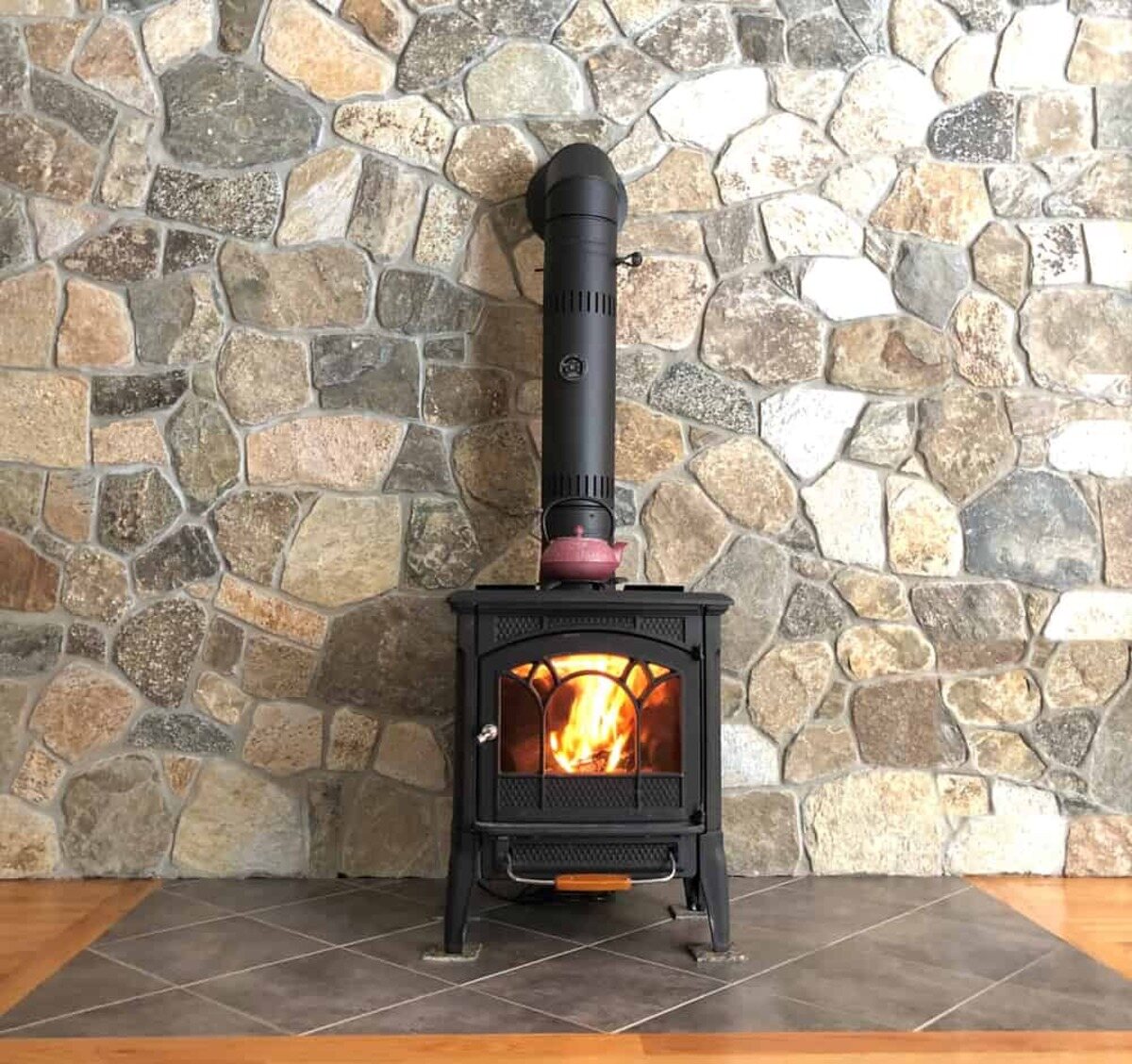
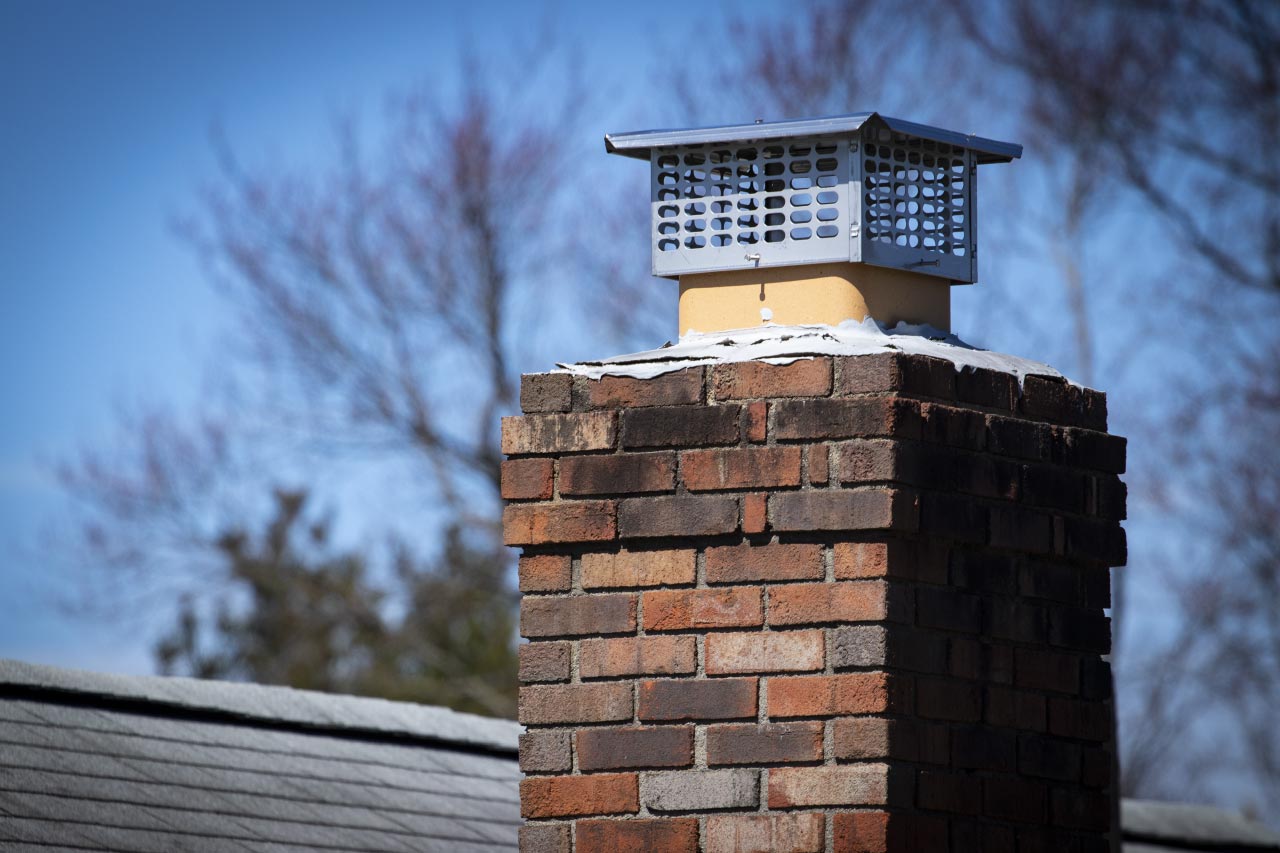
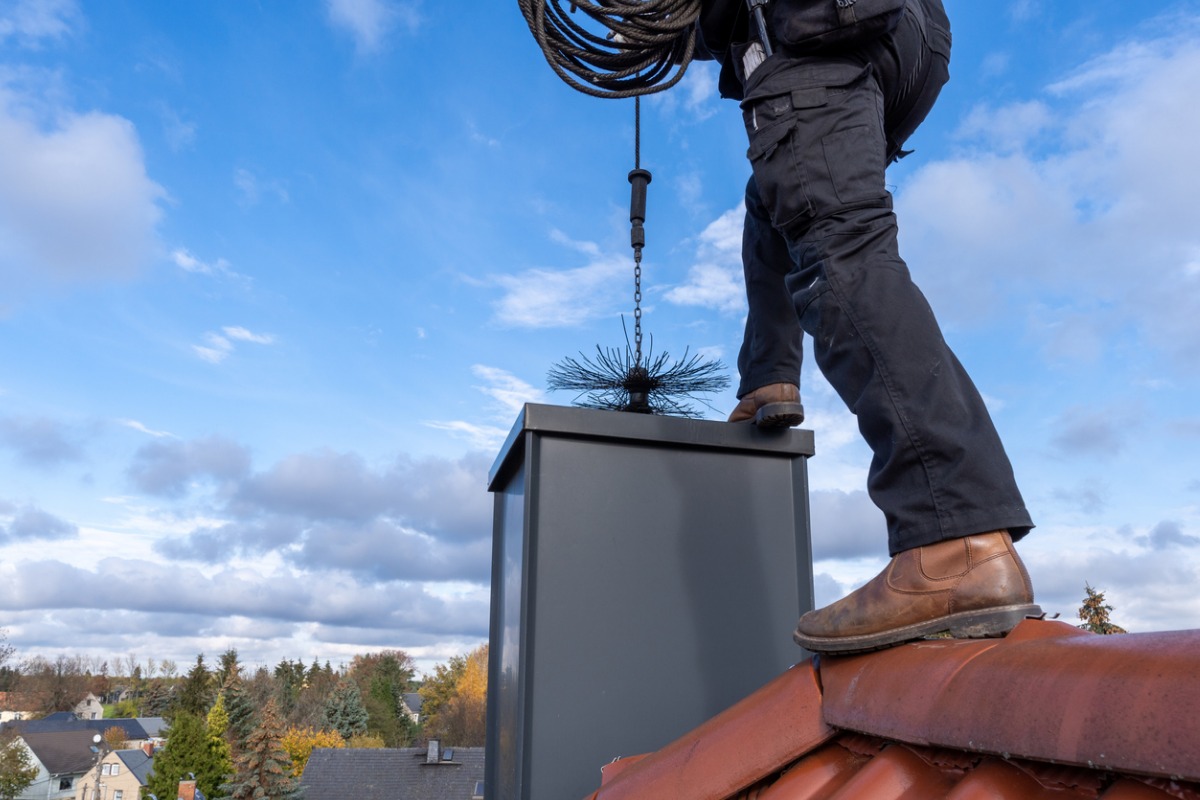
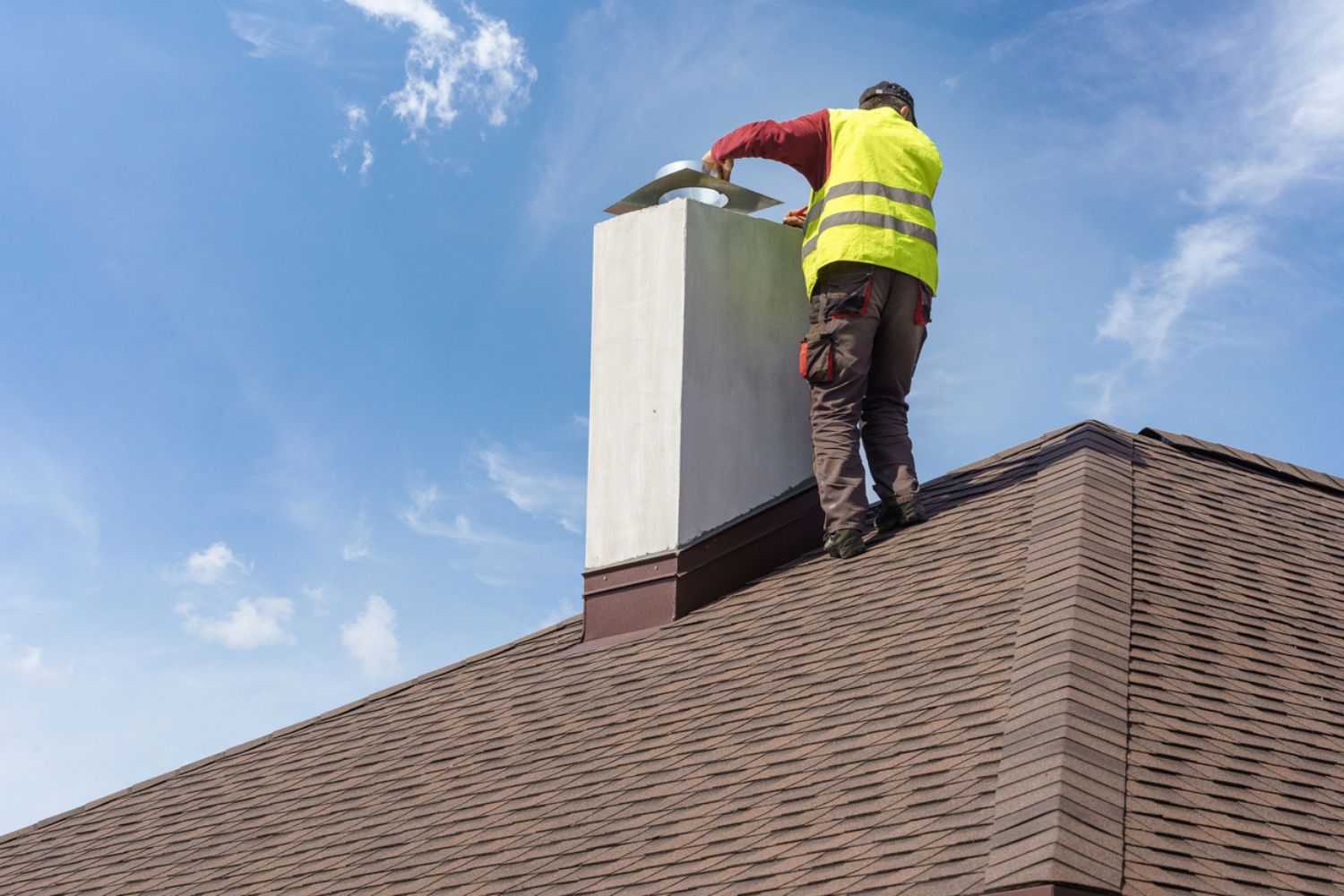
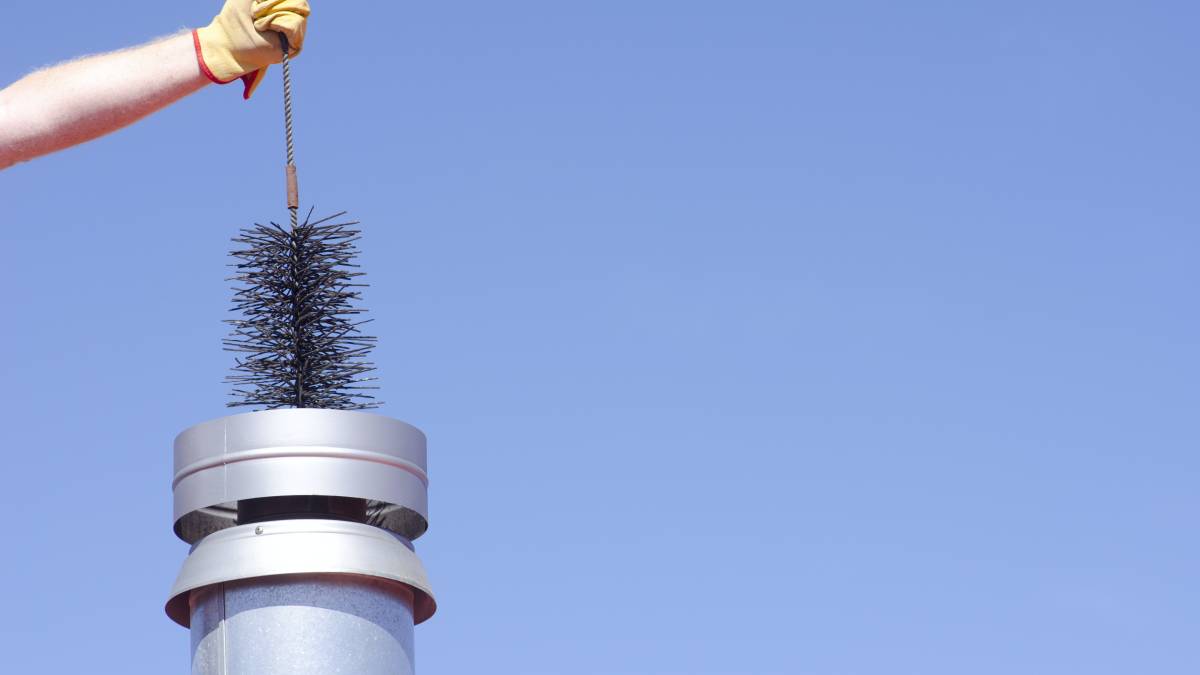
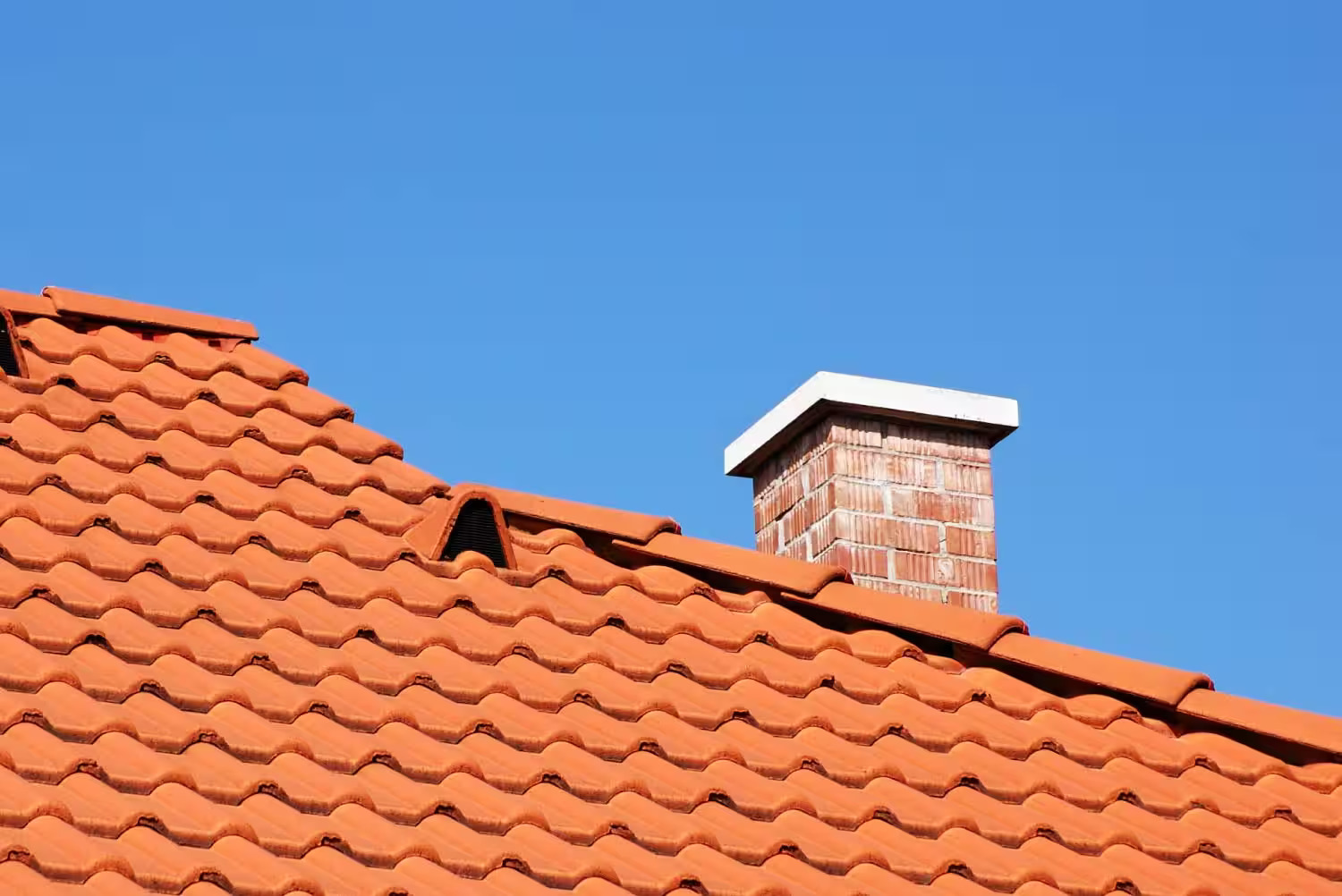
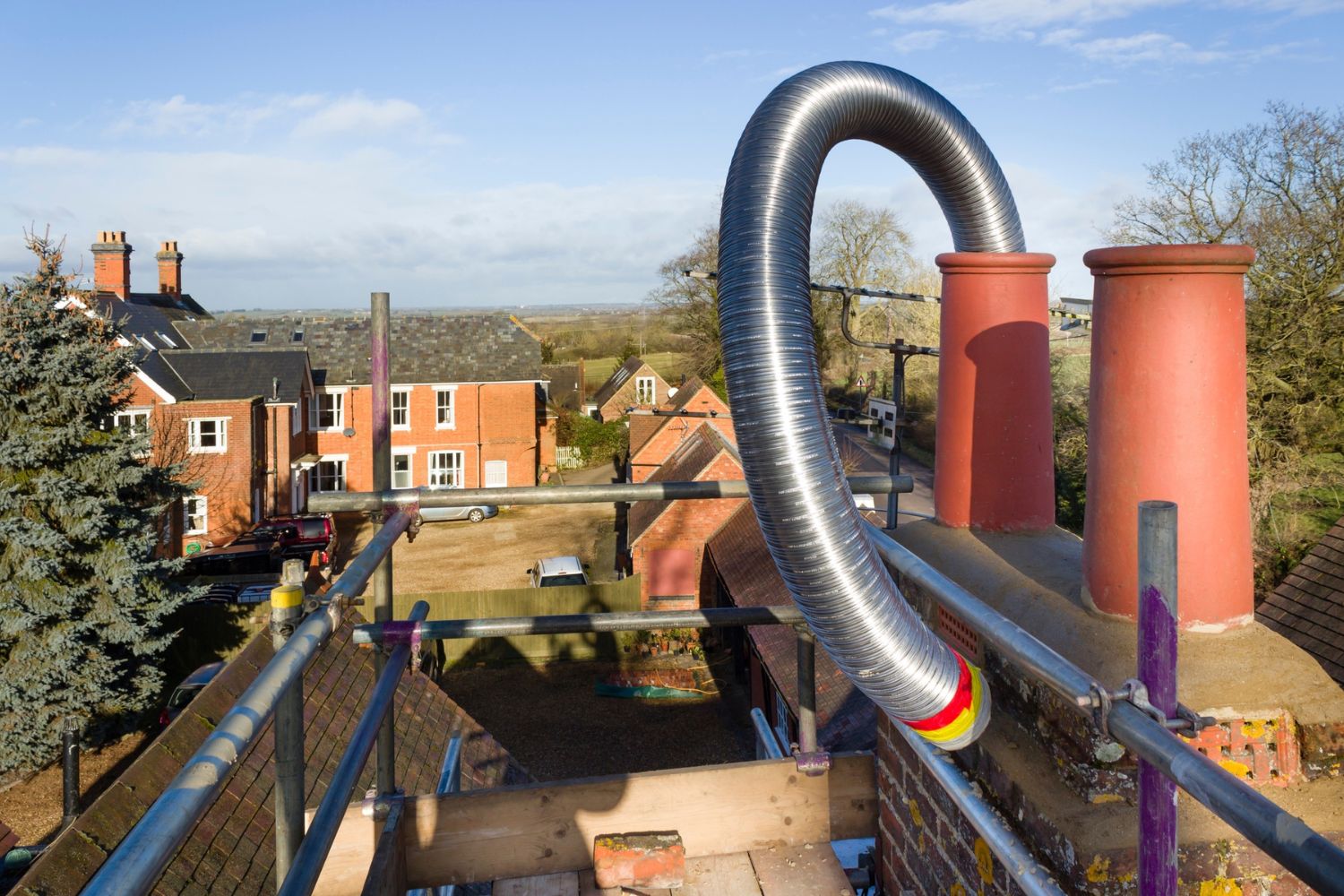
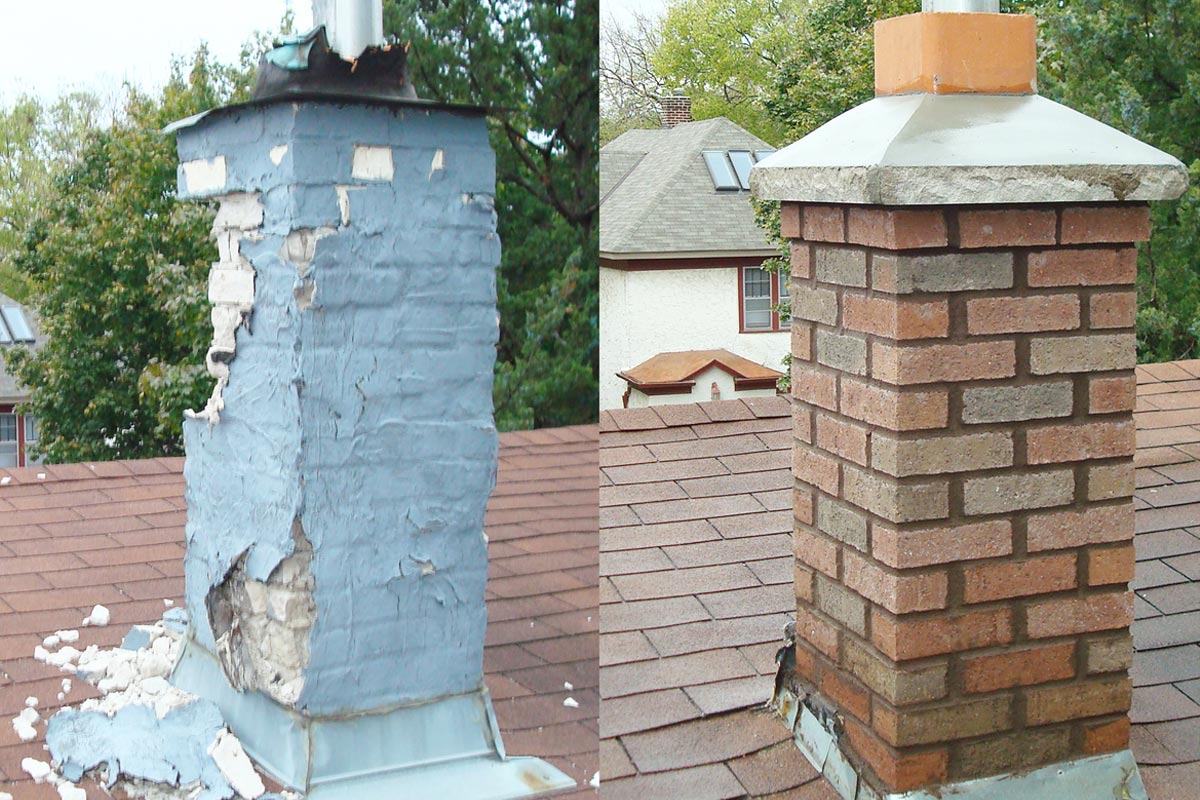
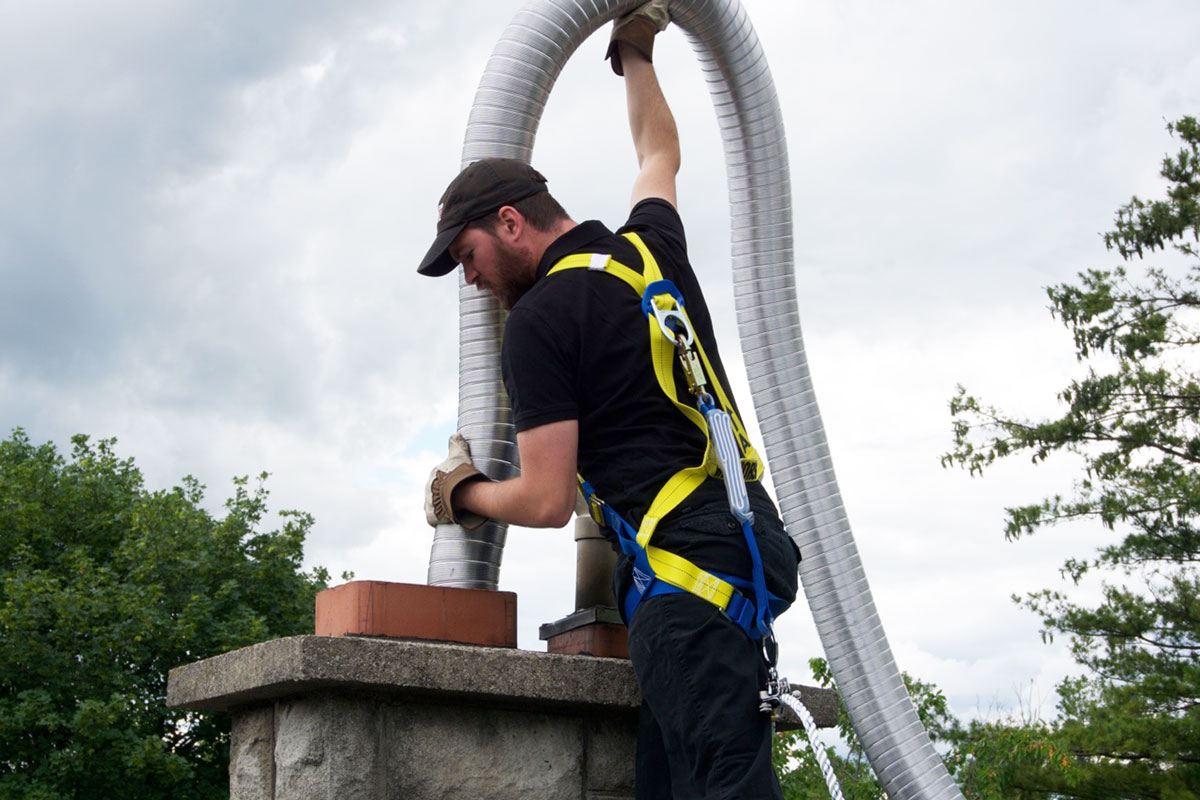
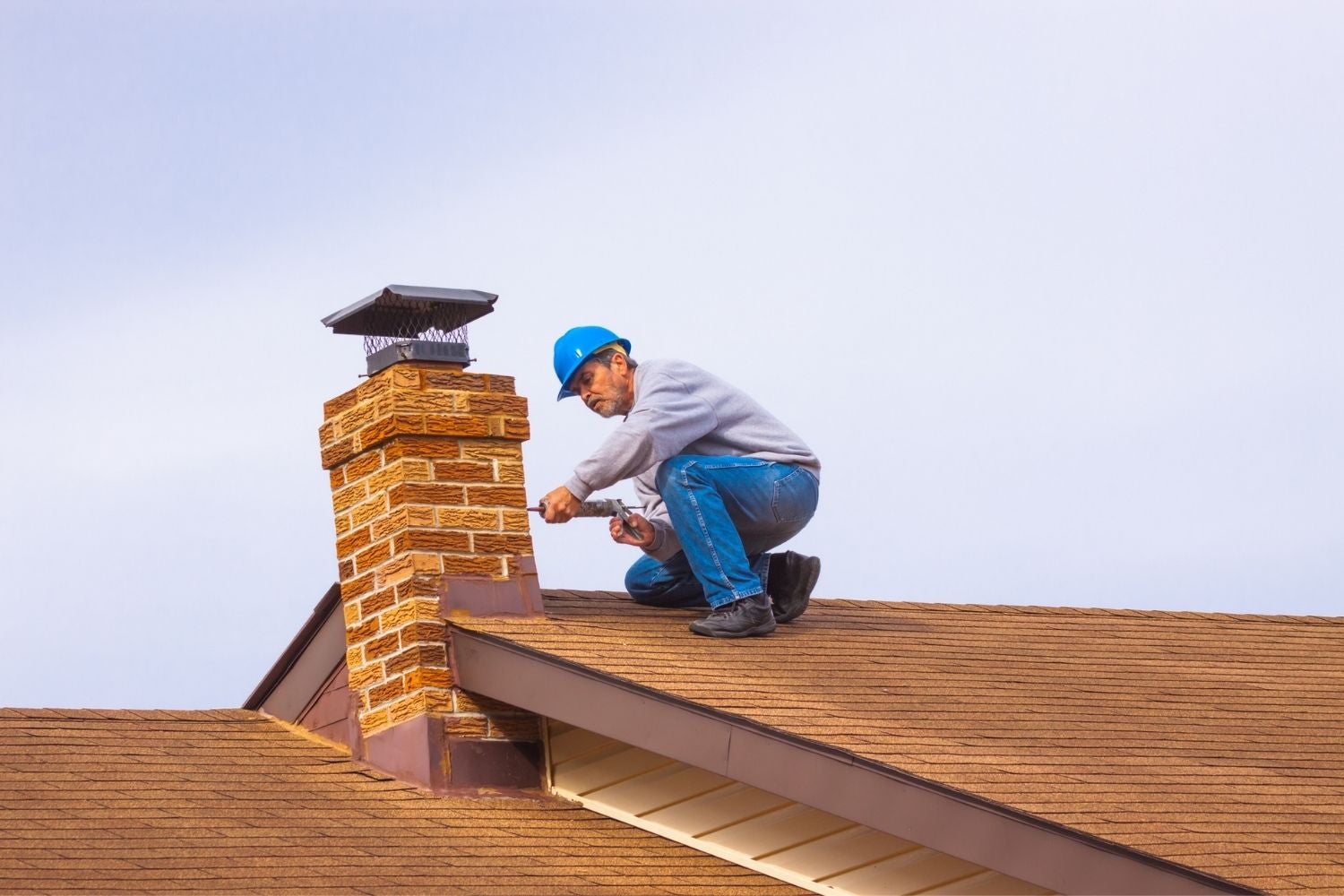

0 thoughts on “How Does Chimney Work”